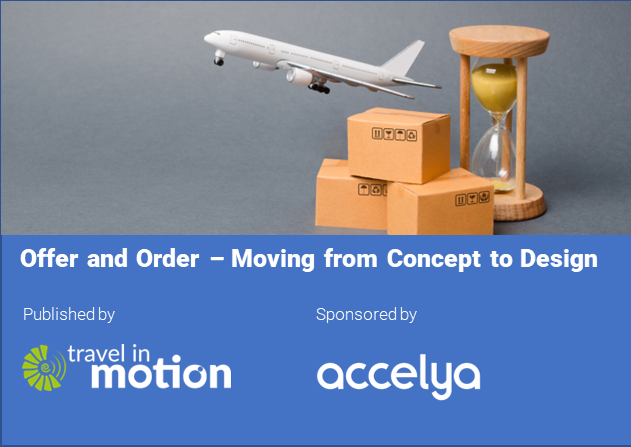Our latest whitepaper: Offer and Order – Moving from Concept to Design
Airlines are starting to transform towards Offer and Order Management based commercial distribution and retail processes. Thus, many airlines are beginning to look at their commercial technology stack for the future. Shackled by their PSS, these airlines are looking towards Offer and Order as a path to sell and service in an efficient and modern way. Today’s airline commercial organisation is highly process driven. To achieve a successful transition to Offer and Order, airlines must also consider how their organisation will adapt to make the best use of technology.
We at Travel in Motion are addressing this strategic move in our latest whitepaper “Offer and Order – Moving from Concept to Design.” The whitepaper reviews what has been achieved over the past year at industry level, and incorporates our experience from working with IATA and the Modern Airline Retailing consortium on the IT Transition. In a second step we look ahead into the design phase for the transition towards Offer and Order Management. The document explores the impact of the digital transformation on an airline’s organisation, provide key case studies of how leading airlines and technology providers pursue the transformation, and leaves you, the reader, with key steps on how and where you can start.
We want to thank Accelya for sponsoring this whitepaper. This sponsorship enables us to make this paper available to the whole industry.


